A cationic iridium complex emitter in a light-emitting electrochemical cell is used to study the competing effects on the dielectric constant by varying the size of the negative ions with it.


A cationic iridium complex emitter in a light-emitting electrochemical cell is used to study the competing effects on the dielectric constant by varying the size of the negative ions with it.
Our current understanding of the generation of cortical interneurons with a focus on recent efforts to bridge the gap between progenitor behavior and interneuron production is reviewed.
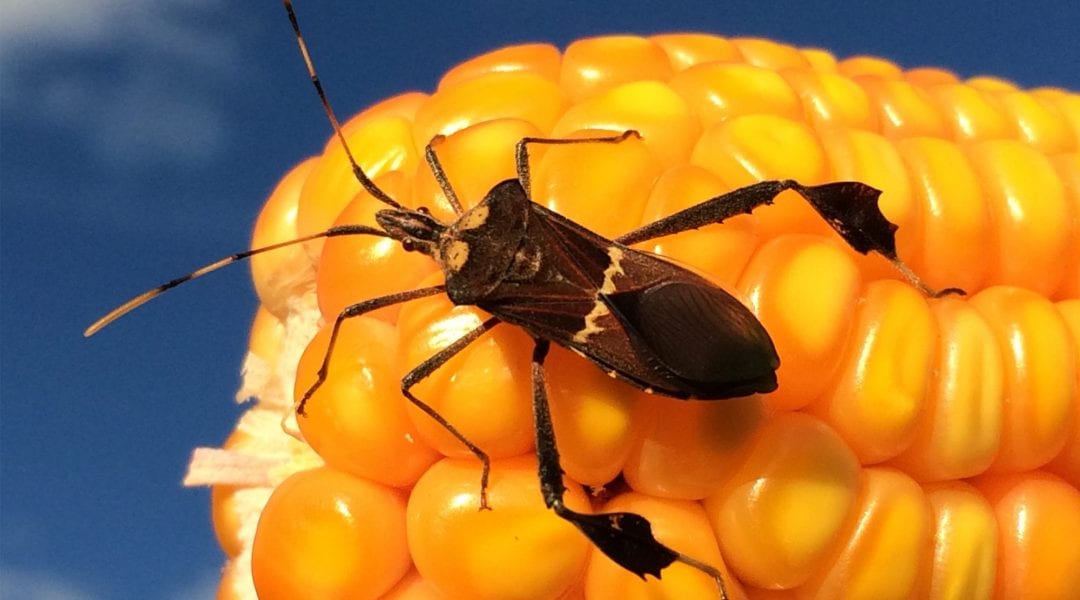
Herbicide discovery, aflatoxin reduction and molecular cytogenetics in pesticide resistance.
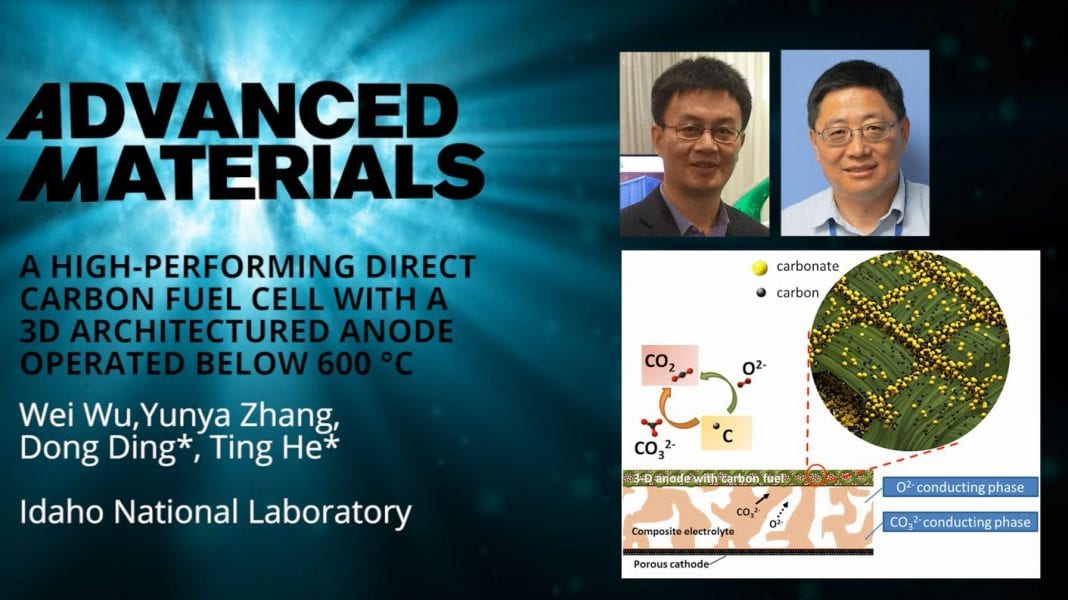
Idaho National Laboratory researchers design a 3D ultraporous ceramic framework as an anode for high-performance direct carbon fuel cells. below 600 °C. The cell can be operated efficiently at temperatures under 600 °C using solid carbon as fuel.
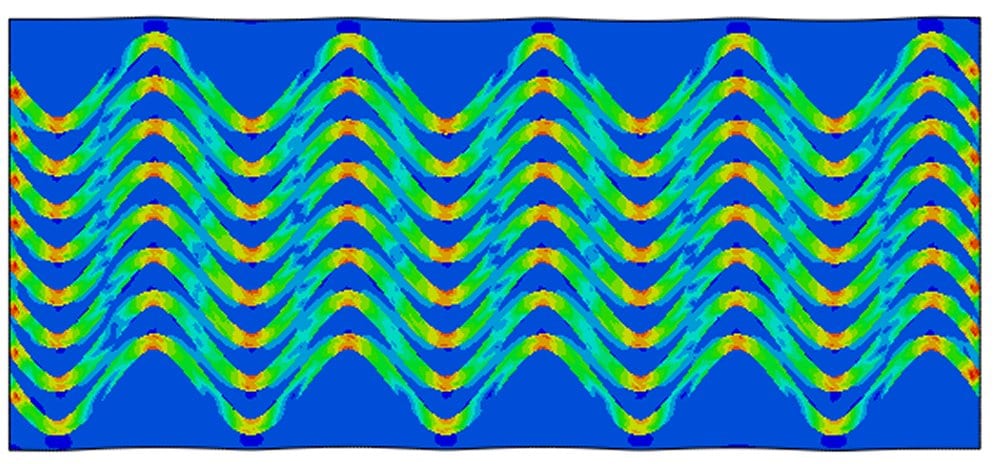
This work illustrates the importance and utility of considering the geometry and arrangement of the components of a composite material in addition to the properties of the component materials and shows how simply the design of the architecture can lead to accessing new desirable combinations of properties.
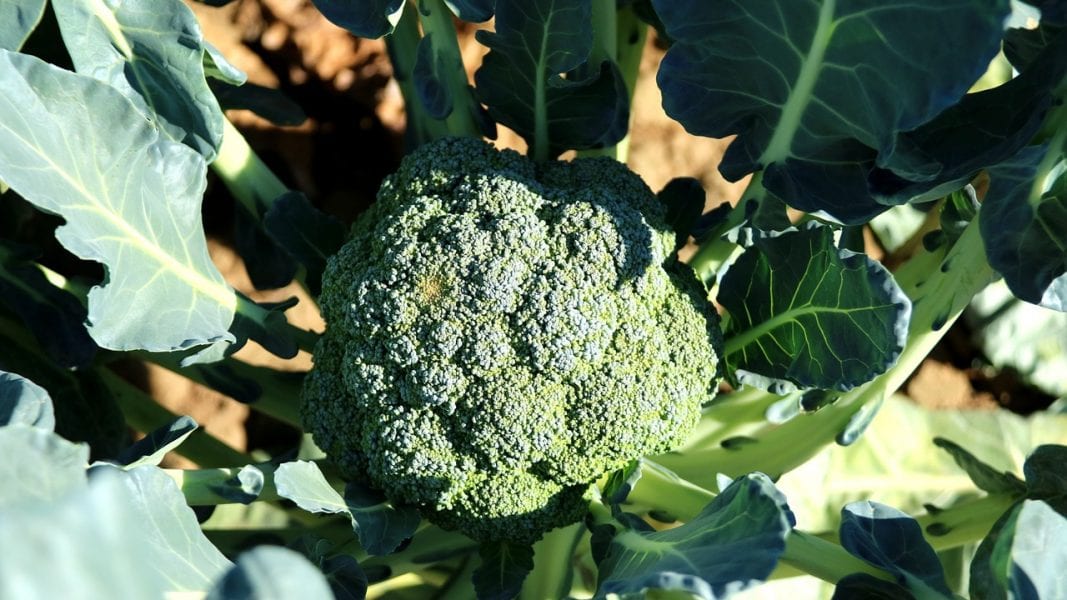
Researchers from France develop a new UV responsive polymer from broccoli seed oil.
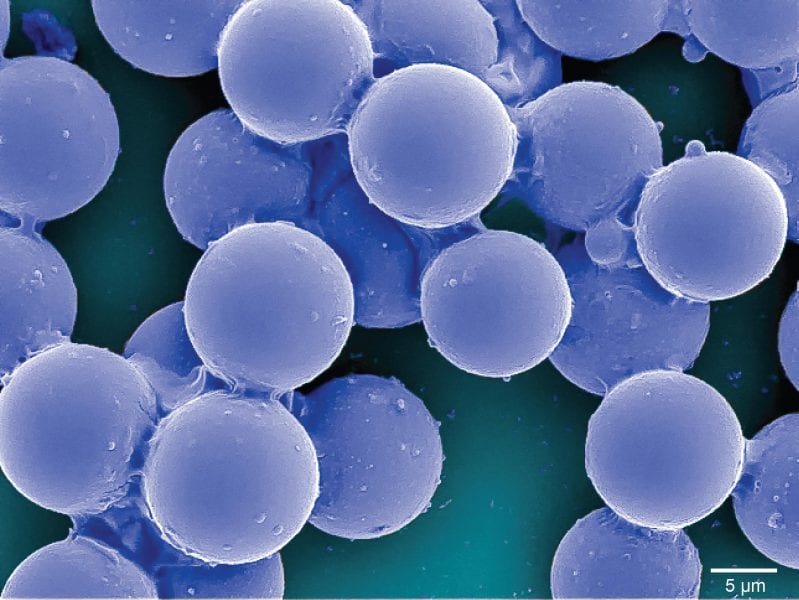
A simple and convenient method to fabricate thermoresponsive gel particles with tunable size across multiple size scales opens new directions in biomaterials, optics, and pharmaceutics.
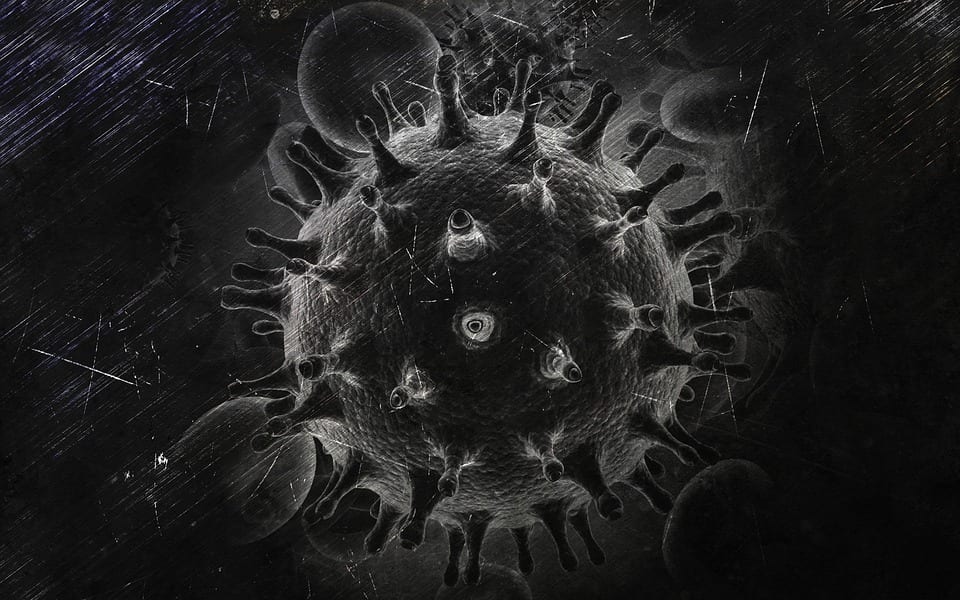
For nearly 35 years, CD4 T-cells and their immunephenotyping and enumeration were the focal points of HIV/AIDS research.
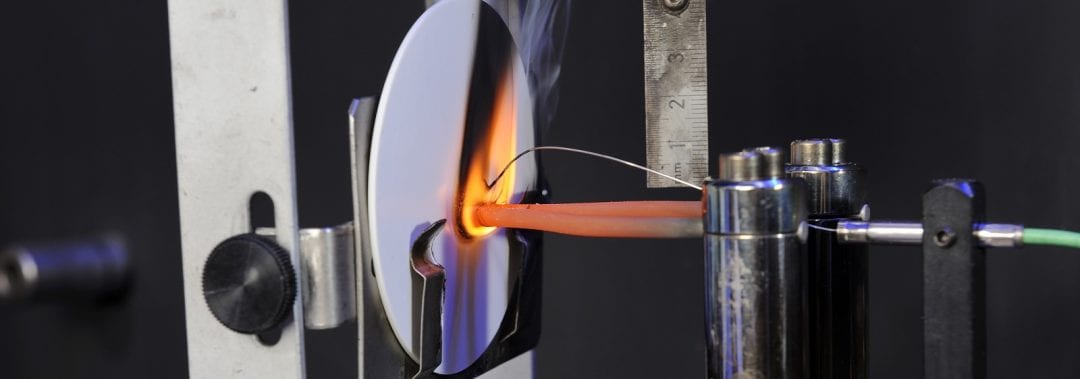
Lanxess offers alternatives to compounds with halogen-based flame retardants

A team of Chinese researchers demonstrated an optofluidic strategy, by implanting the microfluidic technique with a large-tapered-angle fiber probe (LTAP), to organize and transport a cell chain in a noncontact and noninvasive manner.